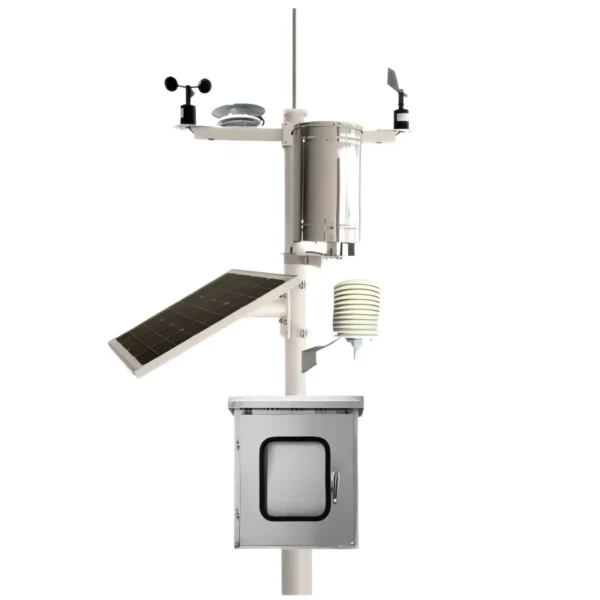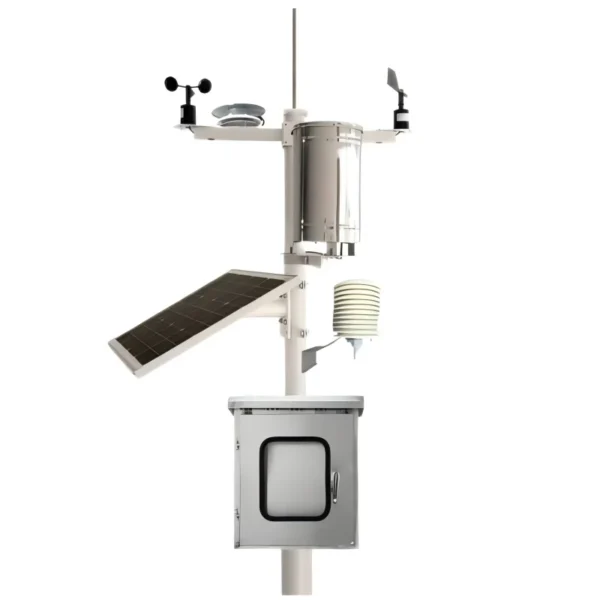
# Automatic Weather Station: Definition and Functionality
An Automatic Weather Station (AWS) is a sophisticated system designed to collect and record meteorological data without the need for constant human intervention. These stations are widely used in various fields, including agriculture, aviation, environmental monitoring, and research, to provide accurate and real-time weather information.
## What is an Automatic Weather Station?
An Automatic Weather Station is a collection of sensors and instruments that measure atmospheric conditions such as temperature, humidity, wind speed, wind direction, rainfall, and barometric pressure. The data collected by these sensors is typically transmitted to a central database or displayed on a local interface for analysis and decision-making.
### Key Components of an AWS
– **Sensors**: These are the primary components that measure various weather parameters. Common sensors include thermometers for temperature, hygrometers for humidity, anemometers for wind speed, and rain gauges for precipitation.
– **Data Logger**: This device records the data collected by the sensors. It can store data locally or transmit it to a remote location.
– **Power Supply**: AWS systems are often powered by solar panels or batteries, ensuring continuous operation even in remote locations.
– **Communication System**: This component allows the AWS to transmit data to a central server or other devices. Common communication methods include radio, satellite, and cellular networks.
## Functionality of an Automatic Weather Station
The primary function of an Automatic Weather Station is to provide accurate and timely weather data. This data is crucial for various applications:
### Weather Forecasting
AWS data is used by meteorologists to improve the accuracy of weather forecasts. By providing real-time data from multiple locations, AWS systems help in creating more detailed and reliable weather models.
### Agricultural Applications
Farmers rely on AWS data to make informed decisions about planting, irrigation, and harvesting. Accurate weather information helps in optimizing crop yields and reducing the risk of weather-related losses.
### Environmental Monitoring
AWS systems are used to monitor environmental conditions in sensitive areas such as forests, wetlands, and coastal regions. This data is essential for understanding climate change and its impact on ecosystems.
### Aviation and Maritime Safety
In aviation and maritime industries, AWS data is critical for ensuring the safety of flights and voyages. Accurate weather information helps in planning routes and avoiding hazardous conditions.
## Conclusion
Automatic Weather Stations play a vital role in modern meteorology and various other fields. By providing accurate and real-time weather data, AWS systems help in making informed decisions, improving safety, and understanding environmental changes. As technology advances, the capabilities and applications of AWS are expected to grow, further enhancing their importance in our daily lives.
Keyword: what is automatic weather station
